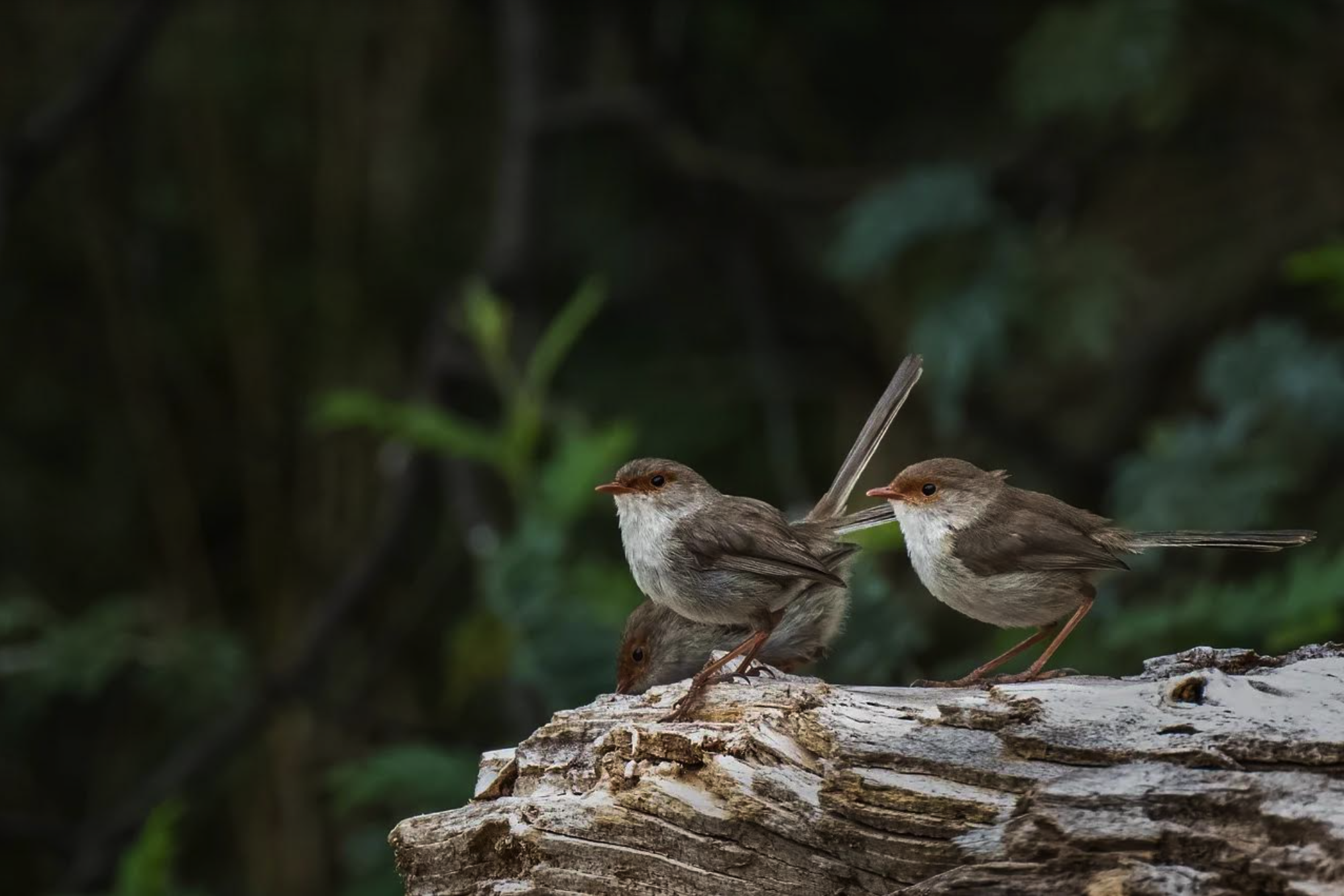
Backyard Birding
By Gayil Nalls
Sign up for our monthly newsletter!
Woods surround my back property in the Hudson Valley, a deciduous forest that includes a giant majestic sycamore, several towering poplars, and abundant walnut, oak, and maple trees, creating a haven for an array of birds year-round. Among the familiar locals are sparrows, chickadees, juncos, finches, towhees, nuthatches, titmice, goldfinches, cardinals, blue jays, catbirds, mourning doves, wrens, downy, red-bellied, and pileated woodpeckers, flickers, robins, crows, starlings, blackbirds, red-winged blackbirds, cowbirds, and hummingbirds. This spring alone, I’ve already seen several Eastern Bluebirds – New York State’s bird emblem, previously seldom in our area. Then there are periodic visits from owls, buzzards, ducks, geese, hawks, eagles, kites, herons, and orioles. While owls remain elusive sightings, their nightly calls weave beauty into our evenings sitting in the dusk after watching the sunset. We know it is mostly the large Great Horned Owl that we have sighted because of the Merlin Bird ID App, which has also allowed us to identify new species more easily in our area and appreciate the full symphony of our community.
Since I was a child, I have been captivated by birds. They are exquisite creatures, each with their own story to tell. To accommodate our feathered friends, we maintain various bird feeders, though these often require replacement due to the persistent efforts of squirrels, raccoons, and occasionally, bears. Additionally, designated ground feeding areas, bird baths, and water bowls contribute to the bird’s diverse needs.
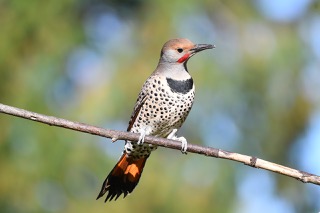
Even a custom-built freestanding wood pedestal birdfeeder, procured from Switzerland, proved unable to thwart the resourcefulness of squirrels, though it did amuse us before we retired it, as they could get inside it but couldn’t get out.
The native plants that grow naturally, and that I have planted make a big difference further deepening my appreciation for the intricate web of life. The oak tree, as entomologist Doug Tallamy has said, is a keystone plant of the local foodweb and supports over 500 species of caterpillars. The mangles of wild grape (Picea species) seem to be loved by almost all of the birds. The fruit of Serviceberries (Amelanchier), Dogwood (Cornus florida), Eastern red cedar (Juniperus virginiana), and Spicebush (Lindera benzoin), also provide abundantly for them. The large Spruces fruit in the fall and last through winter and on our property functions as the Grand Central Station for the bird community. The pines too feed them year-round.
Native plant landscaping is a powerful way to support biodiversity and I have chosen to plant some bird-friendly natives such as goldenrods, echinacea, asters, butterfly weed, field thistle, rue, fleabane, milkweed, verbena, elderberry, inkberry, sumac, and more.
When dividing your flowering native plants, I suggest giving them to neighbors to enhance your local greenbelt.
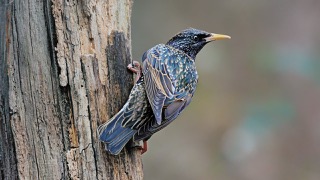
Amidst gardening endeavors and daily routines, the presence of birds enriches our lives, fostering a profound connection to the natural world. Observing them both in their natural habitat and the nature of our backyard instills a sense of peace and harmony, offering moments of tranquility and even meditative reflection. Through the years, I’ve amassed a wealth of knowledge about different species, their behaviors, and migration patterns,
Identifying new bird species and understanding their behaviors can be intellectually satisfying and it helps me pull together a better understanding of how climate change is shifting the environment. Capturing photographs of birds and documenting diverse avian visitors has been something I have done over the years that has helped me to become more aware of my property as an ecosystem and increase my conservation efforts for the well-being of local bird populations.
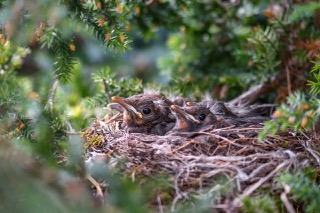
I would encourage you to read Amy Tan’s latest literary offering, “The Backyard Bird Chronicles,” which unveils a treasure trove of anecdotes, observations, and drawings based on years of nature journaling by her avian backyard encounters in Sausalito, California. This delightful book serves as a testament to the joys of nature journaling, offering intimate glimpses into the lives of backyard birds and igniting a newfound appreciation for their unique beauty, behaviors, and resilience.
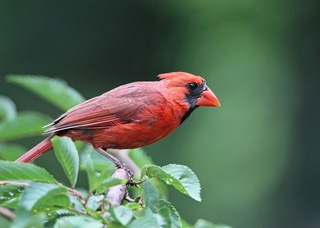
If you want to learn about birds and what nature journaling can be, this is your book. Her beautiful writing and drawings are a guide to a local bird community, and it will touch your heart and help you see birds differently.
Birdwatching transcends age and background, offering a shared pursuit that fosters bonds with loved ones and kindred spirits. While I’ve yet to join local birdwatching groups, the ever-changing rhythms of bird behavior—nesting, feeding, migration—underscore the cyclical nature of existence, enriching our understanding of the world around us.
By cultivating a bird-friendly environment, we not only nurture local populations but also cultivate a deeper awareness of our interconnectedness with the natural world. Through mindful observation and conservation efforts, we play a vital role in safeguarding these delicate ecosystems for future generations. In essence, backyard birdwatching is a source of boundless joy and enrichment, blending elements of nature, education, and community.
Gayil Nalls, Ph.D., is the creator of World Sensorium and founder of the World Sensorium/ Conservancy.
Earth Day is April 22. If you can this year, plant, and care for an oak tree.
For more information about The Backyard Bird Chronicles, visit www.amytan.net.
Plantings
Issue 30 – December 2023
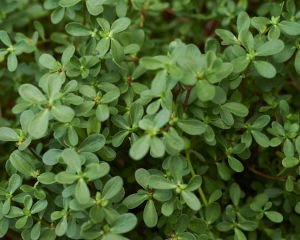
Viriditas: Musings on Magical Plants: Portulaca oleracea
By Margaux Crump
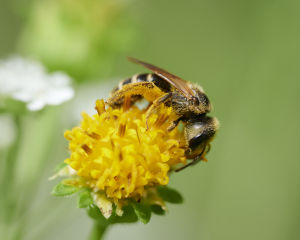
Proboscis, Pollen, and the Rapture of Interspecies Intimacy
By Jake Eshelman
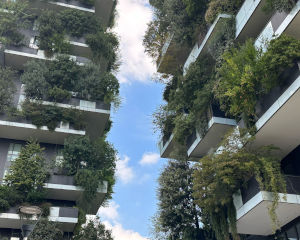
The Greening of Milan: Porta Nuova and Vertical Forest
By Gayil Nalls

Overshooting Earth’s Boundaries: An Interview with Bill Rees
By Rachel Donald
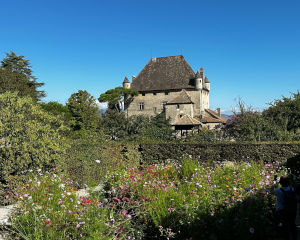
The Garden of the Five Senses
By Gayil Nalls
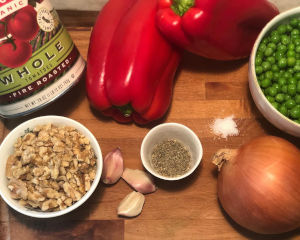
Eat More Plants Recipes:
Le Botaniste’s Fennel, Tomato, and Red Pepper Pasta Sauce

As Ireland transitions from the rich, smoky scent of peat-burning to a more sustainable future, its olfactory heritage is evolving. What will become the next iconic aromatic symbol of Ireland?
Click to watch the documentary trailer.


